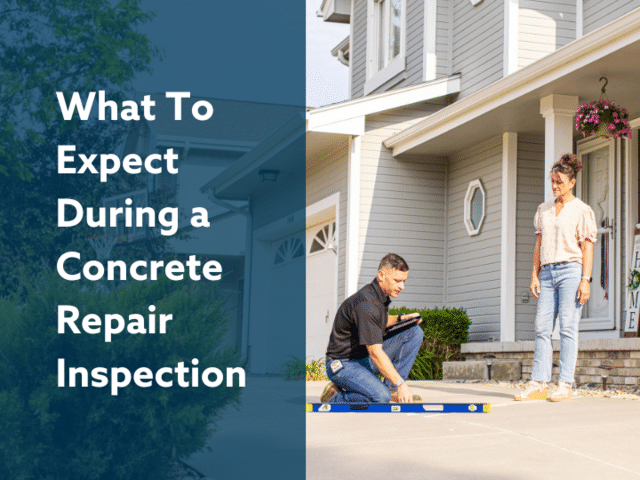How to Repair Wood Damaged by Rot, Mold, Termites, and Pests

Repairing wood damage in crawl spaces caused by rot, mold, and termites can seem like an overwhelming and expensive project.
However, if you can catch the problem before it becomes too severe, it can be quickly and affordably remedied by a professional crawl space contractor.
Before Replacing Your Rotting Wood
Many homeowners and contractors make the mistake of repairing the damaged wood and calling the problem solved. But what about the cause of the damage in the first place?
Before removing and replacing rotting wood, follow these steps:
Remove Any Water Sources
All plumbing issues and groundwater leaking must be addressed, or your replacement wood will rot. Remember: there is often more than one source of water leakage in a crawl space!
Fix Any Grade Line and Gutter Issues
If your gutters are depositing water around your foundation, or the ground around your home is sloped towards the house, then water will collect around (and inside) the crawl space, promoting mold and rot.
Eliminate Pest Infestations
If you've had termites, carpenter ants, or other pests in your crawl space, you'll need a pest inspector to make sure they're eliminated. Termites can abandon sections of their nest while still being present elsewhere in your home.
Restoring Rotting and Moldy Crawl Space Wood
When inspecting the damage, your contractor will have three main challenges:
- Determining which wood must be replaced
- Assessing where wood can be repaired
- Evaluating where repairs are not needed
In the case of structural wood, the entire piece -- not just the damaged portion -- will need to be replaced or reinforced. This is true with structural posts, floor joists, beams, and similar wood.
The nature of the problem in your home isn't always clear to an untrained eye. A professional should be called in to identify what caused the damage so it doesn't recur.
Surface Mold Vs. Wood Rot
Why aren't trees damaged by mold and rot? The answer to this question can help you understand something important about mold:
As mold begins to grow, it feeds on the sugars, starches, and other compounds in wood. Living wood protects itself from this kind of mold and rot damage with its bark. Bark is absent of the sugars and starches that mold eats, discouraging mold growth. When wood is cut and processed, it loses this natural layer of protection and opens the door for mold and rot growth.
Surface mold is able only to consume the sugars and starches in the wood, which does not influence the strength of the wood.
Wood rot is able to consume sugars and starches as well, but it's also able to convert the structural polymers in wood fibers to food, which weakens the wood's strength.
If you have surface mold, it can be cleaned off without having damaged your wood. Wood rot is a deeper problem that may require serious repairs.
Crawl Space Supports
Often, it's not necessary to replace the wood -- even when the crawl space frame shows mold damage. In these cases, we recommend crawl space jack posts, also known as crawl space supports, to repair the damage.
These adjustable support beams can be installed quickly underneath your home to restore strength to your structure.
If your structural support beams are rotted, a sister beam of new wood may be installed along the old one to add structural strength.
Crawl space supports are appropriate to repair crawl space support posts that are rotting, as well as supports that are sagging due to poor supporting soils.
After Repairing Your Crawl Space
Repairing your crawl space is not a job you want to do more than once! To prevent problems with mold, rot, and pests in the future, follow these steps:
1) Move Firewood and Debris Away From Your Home
Termites, carpenter ants, wood-boring beetles, and countless other pests take refuge in piles of wood, leaves, and debris. Keeping these away from your home helps prevent the colonies spreading where they're not welcome.
2) Seal the Crawl Space
Summer humidity and winter cold can make its way into a crawl space through the vents. Crawl space vents are also an open invitation to termites, mice, and other pests. A plastic liner can, airtight vent, and door covers will hold back moisture and humidity while creating a physical barrier between pests and your home.
3) Dehumidify the Crawl Space
Mold, rot, termites, cockroaches, and other pests all need a source of water to survive. Drying out the space with a self-draining dehumidifier will help to keep these unwanted critters out.
Contact Your Local Experts
At Thrasher, we specialize in repairing crawl space issues of all types, including moldy or damaged wood. For a free inspection, call or e-mail us today!
We serve the Nebraska, Iowa, and Missouri area, including surrounding areas such as Council Bluffs, Bellevue, Grand Island, Kearney, Norfolk, Fremont, North Platte and nearby.
Article Categories:



